When we went about compiling an alphabet’s worth of objects to be found in the David Weingarten Collection of 20th Century Souvenir Buildings, there was plenty to choose from: more than 3,000 miniature representations of architecture and monuments, in fact. Eventually, we plan to show all of the items on this website. In the meantime, our A–Z tour is a great introduction to this amazing archive, compiled over four decades and donated to the Museum in 2019. Learn more about the collection and see other images at the link above.
We’ll post a building miniature each day here and also on our social media accounts. If you’ve visited any of these places and have a photograph to share, post it and tag us on Instagram, Facebook, or Twitter. All images shown: David Weingarten Collection of 20th Century Souvenir Buildings, courtesy National Building Museum.
A: ADLER PLANETARIUM
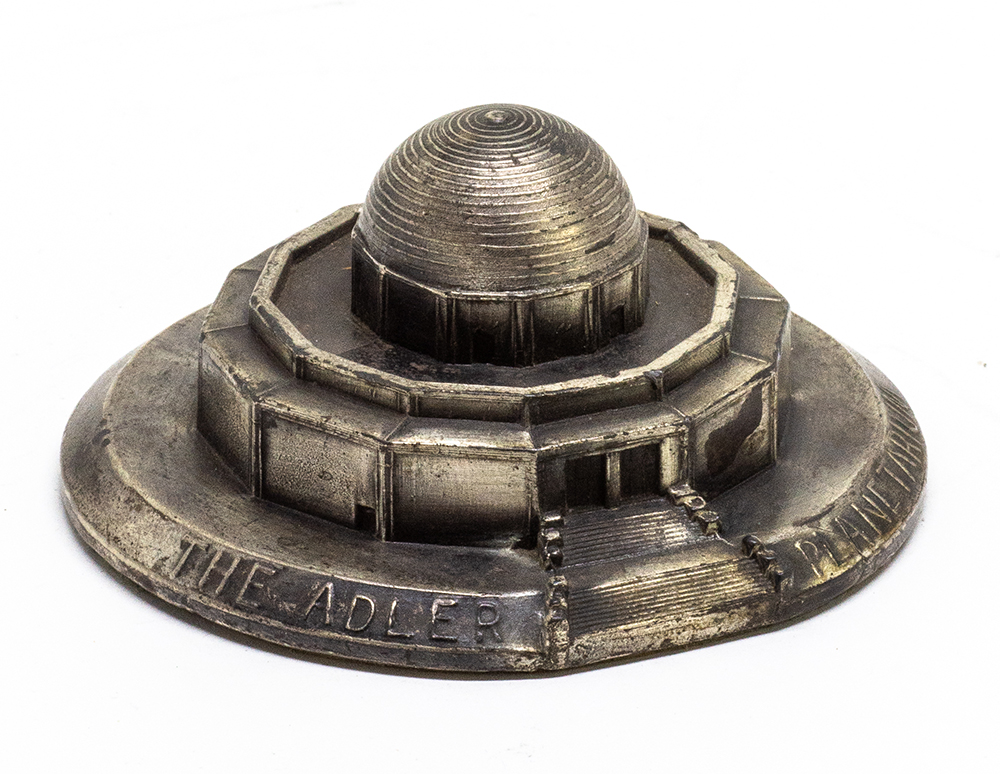
B: BOUNTIFUL MORMON TEMPLE
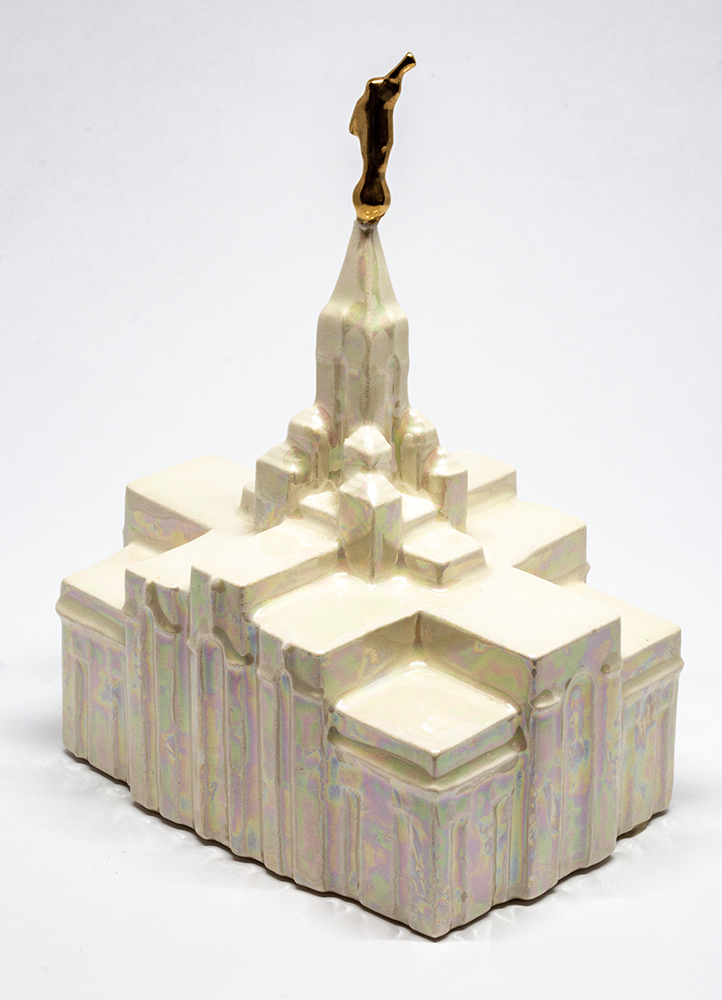
C: CENOTAPH
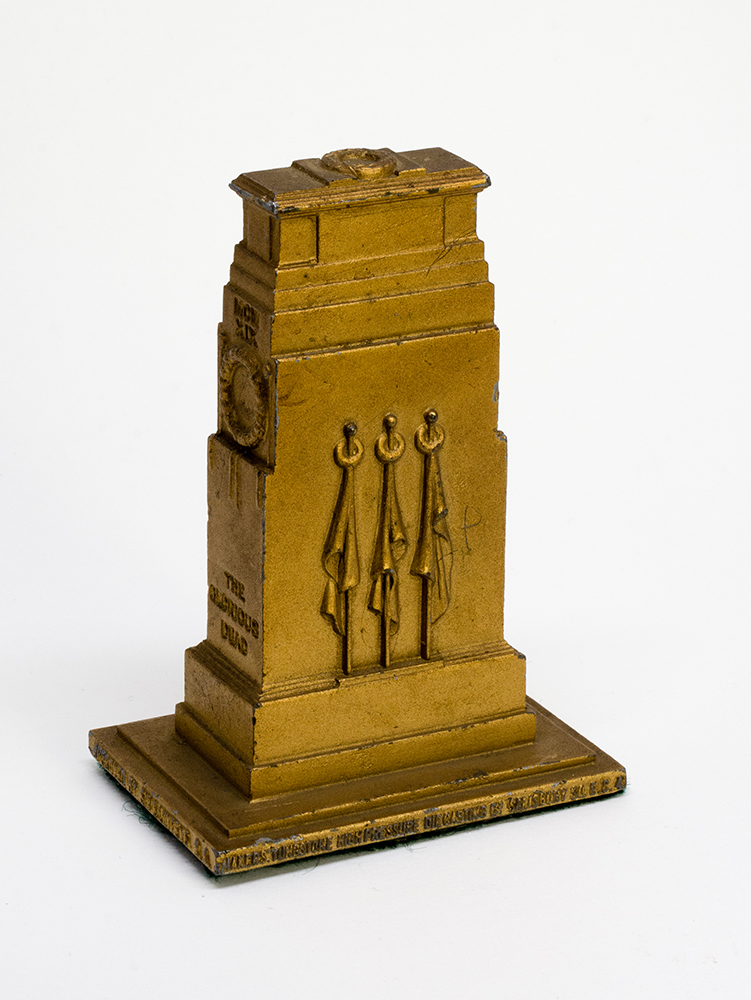
D: DONAUTURM WIEN
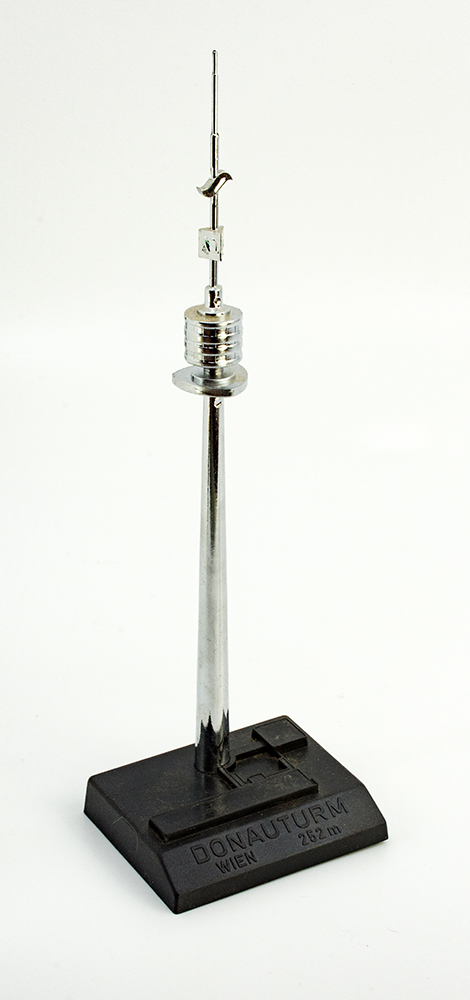
E: ELEPHANT OF THE BASTILLE

F: FIELD MUSEUM OF NATURAL HISTORY
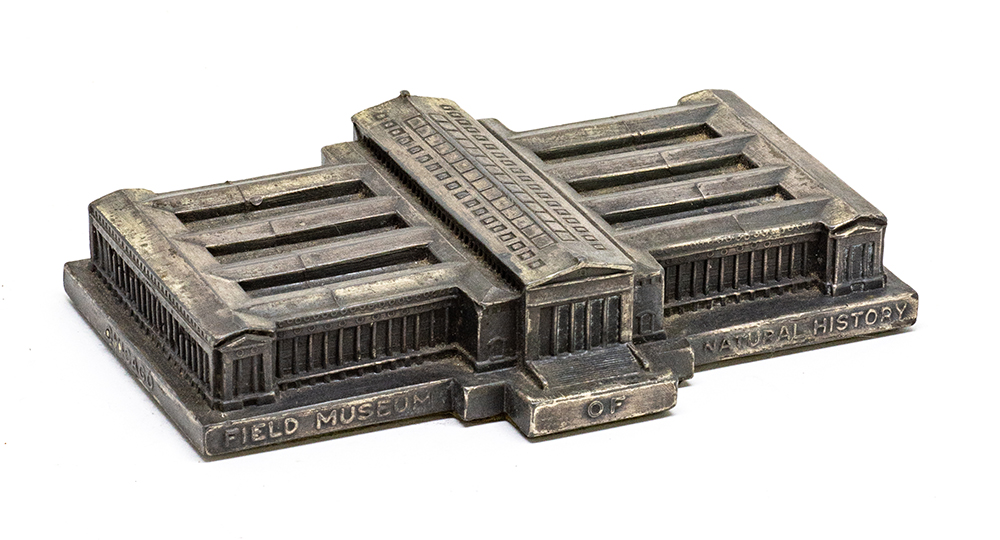
G: GRAND PALAIS
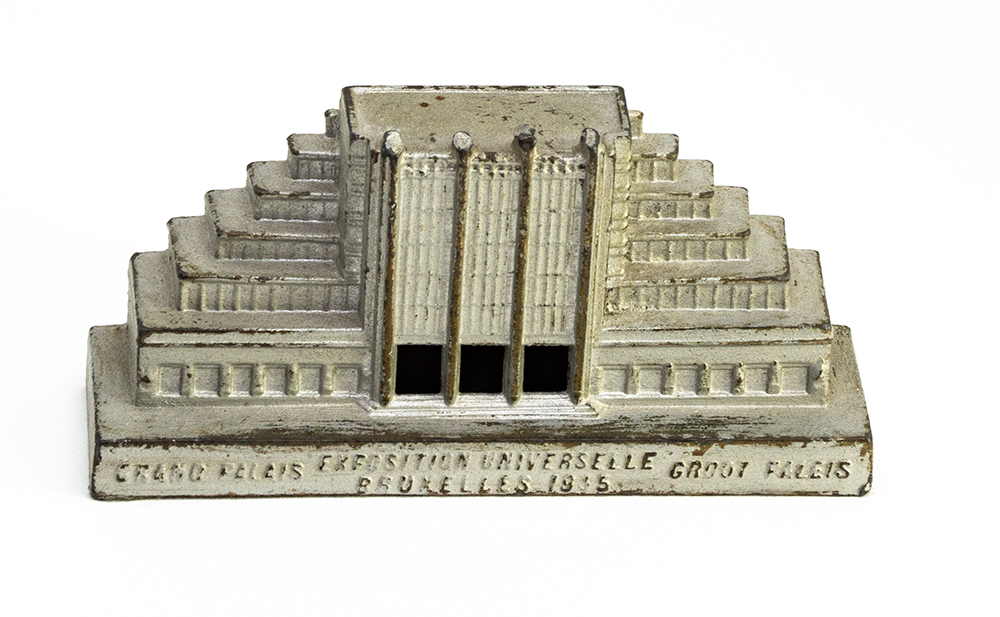
H: HIROSHIMA PEACE MEMORIAL
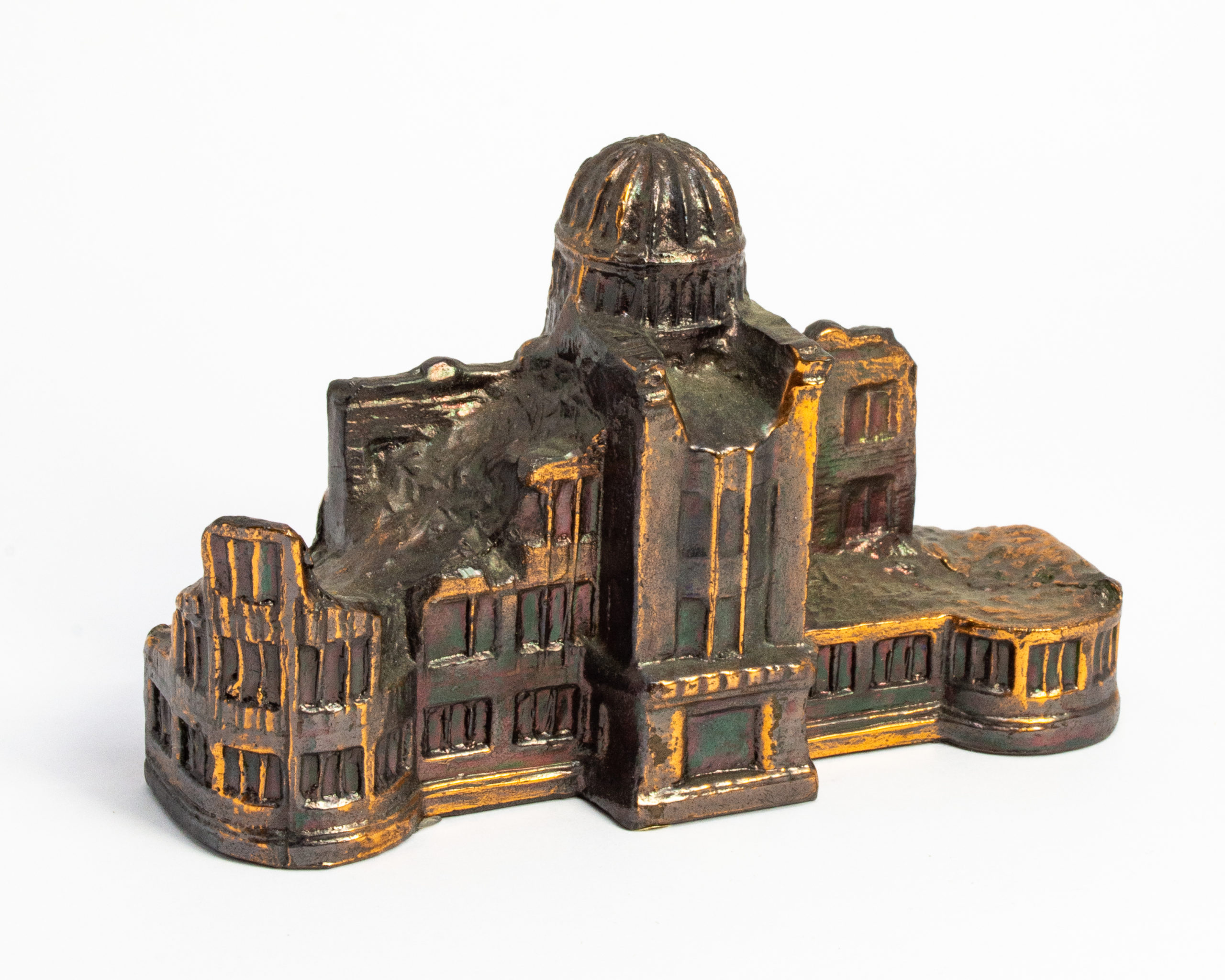
I: IL CAMPANILE DI FIRENZE
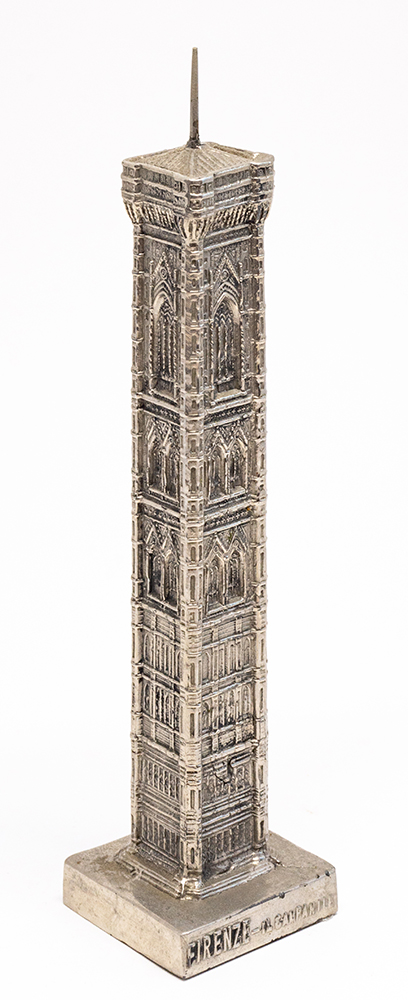
J: JARMULOWSKY BANK

K: KENTUCKY STATE CAPITOL
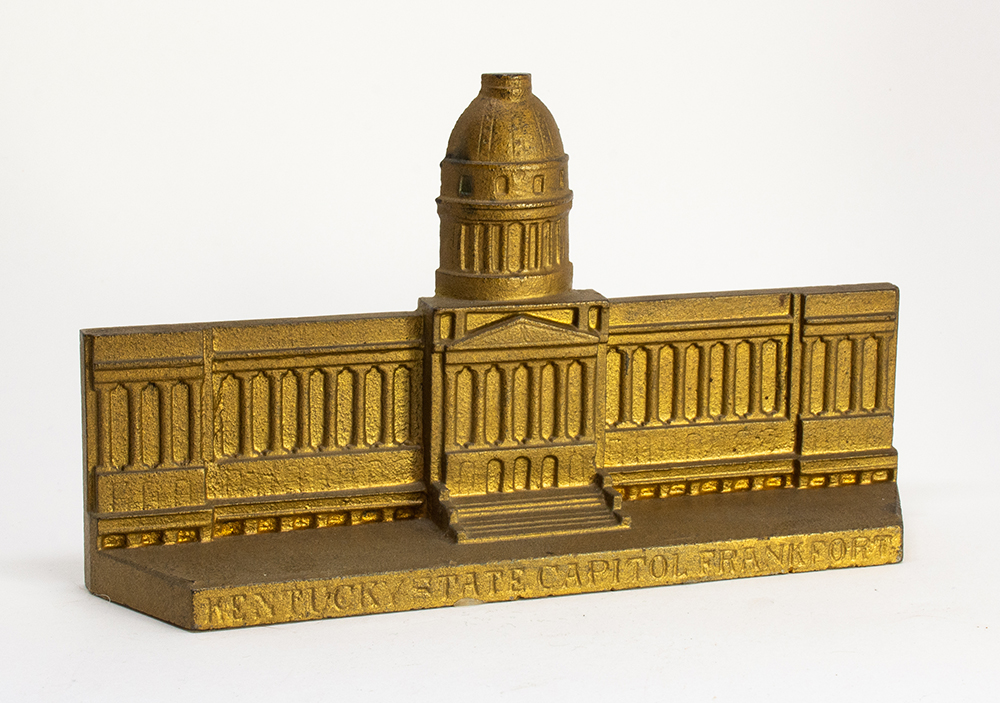
L: LIBERTY STATUE
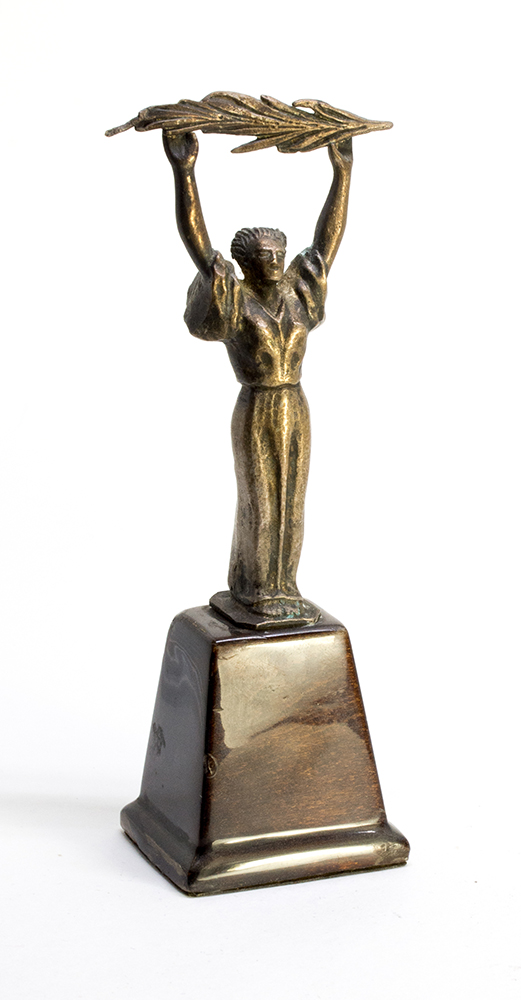
M: MITAD DEL MUNDO
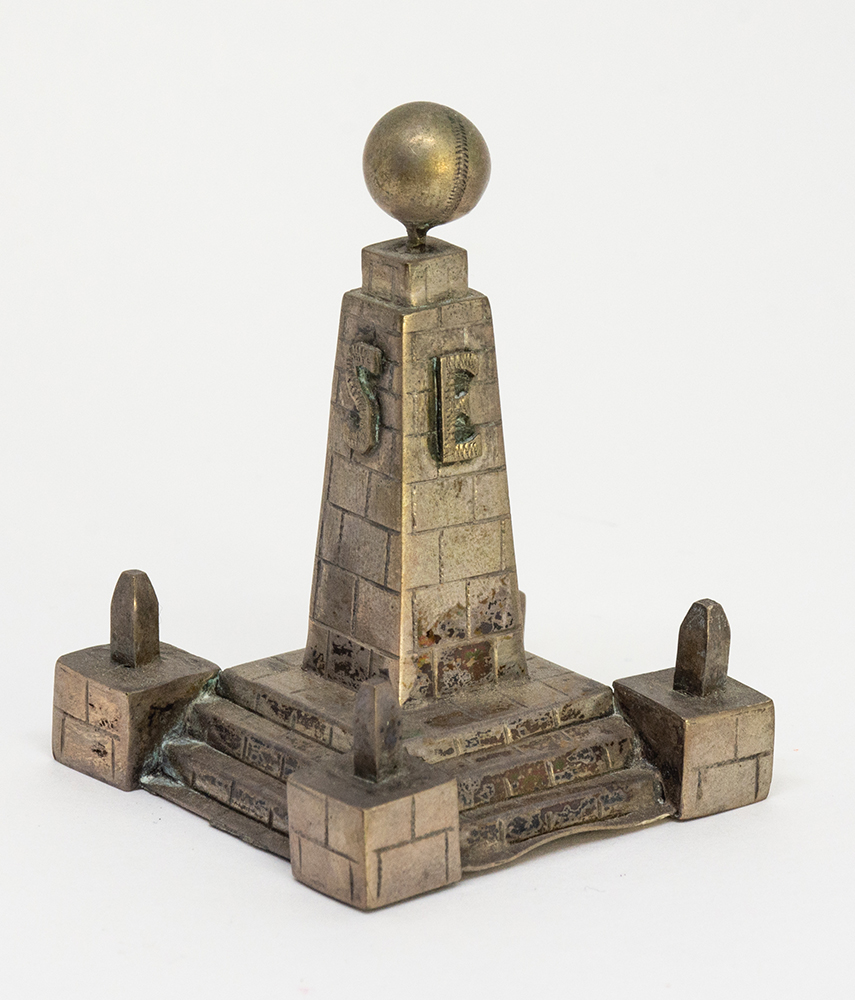
N: NUREMBERG CASTLE
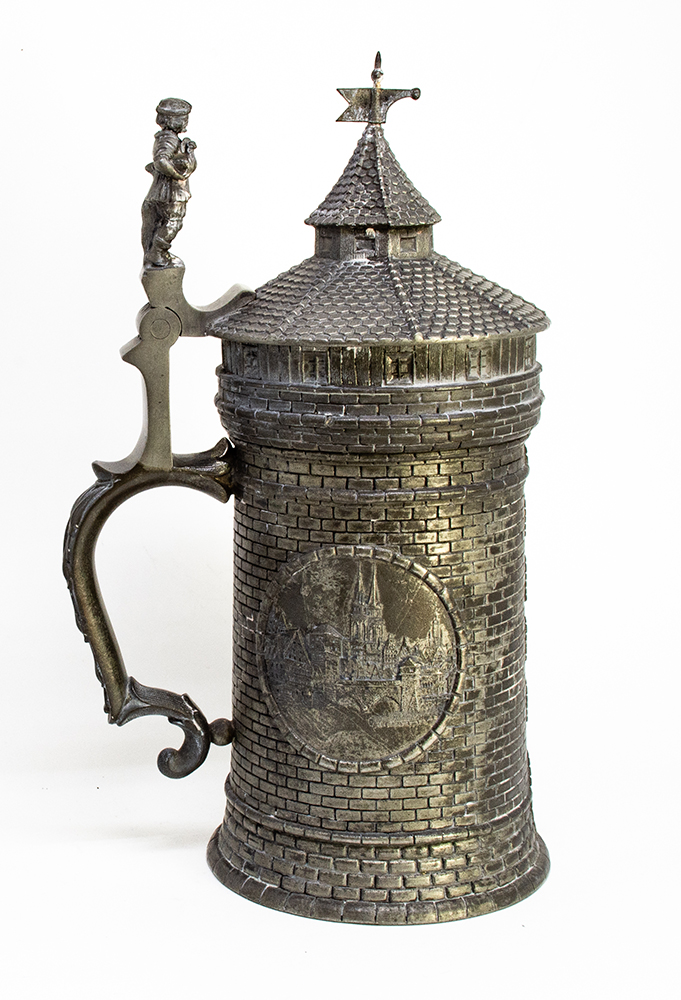
O: OLD TAYLOR DISTILLERY
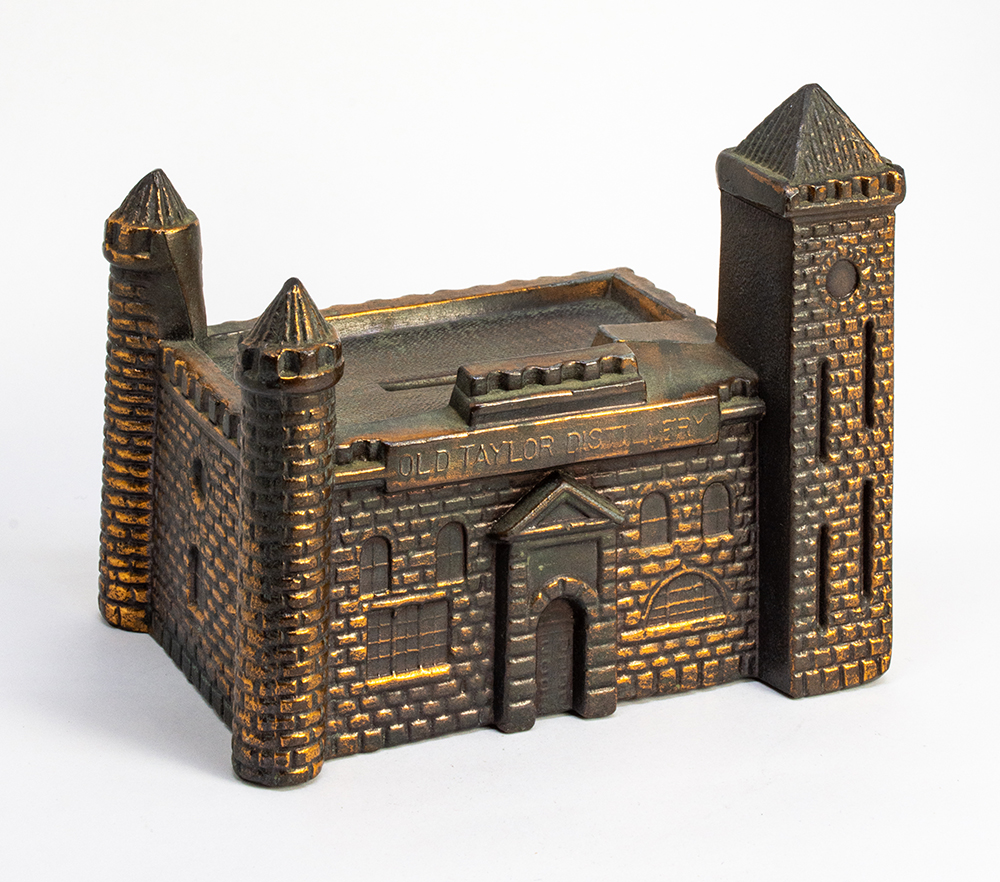
P: THE PENTAGON
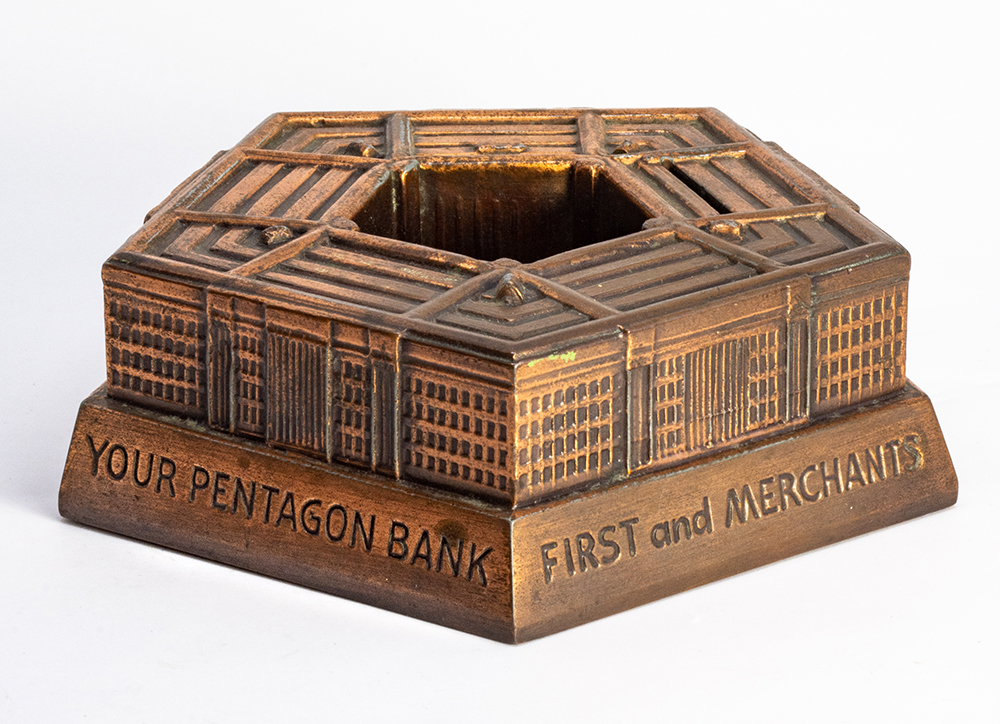
Q: QUEENSFERRY FORTH BRIDGE
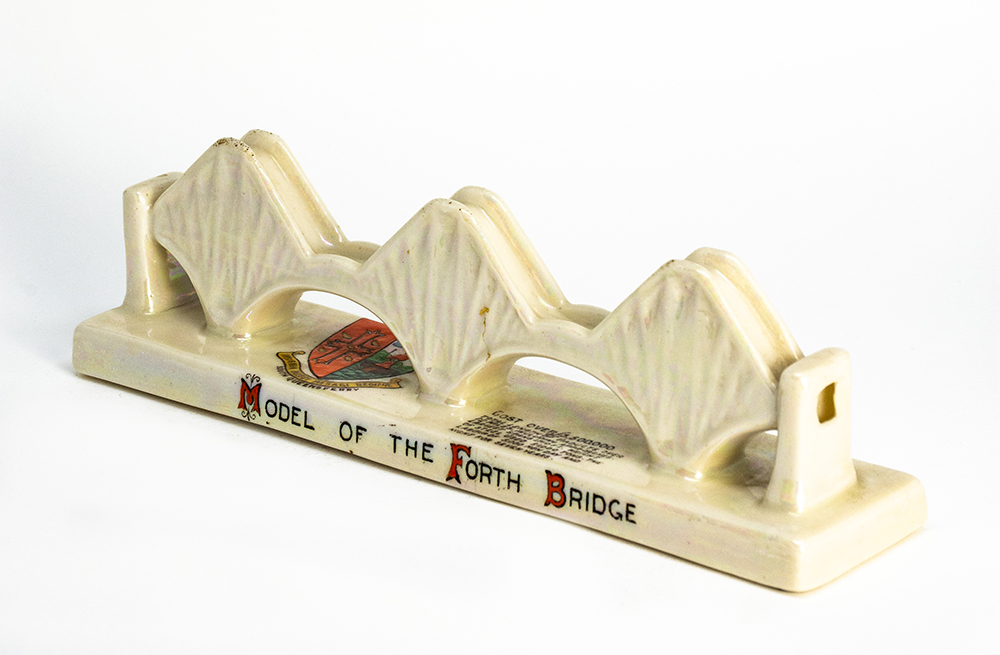
R: RYMAN AUDITORIUM
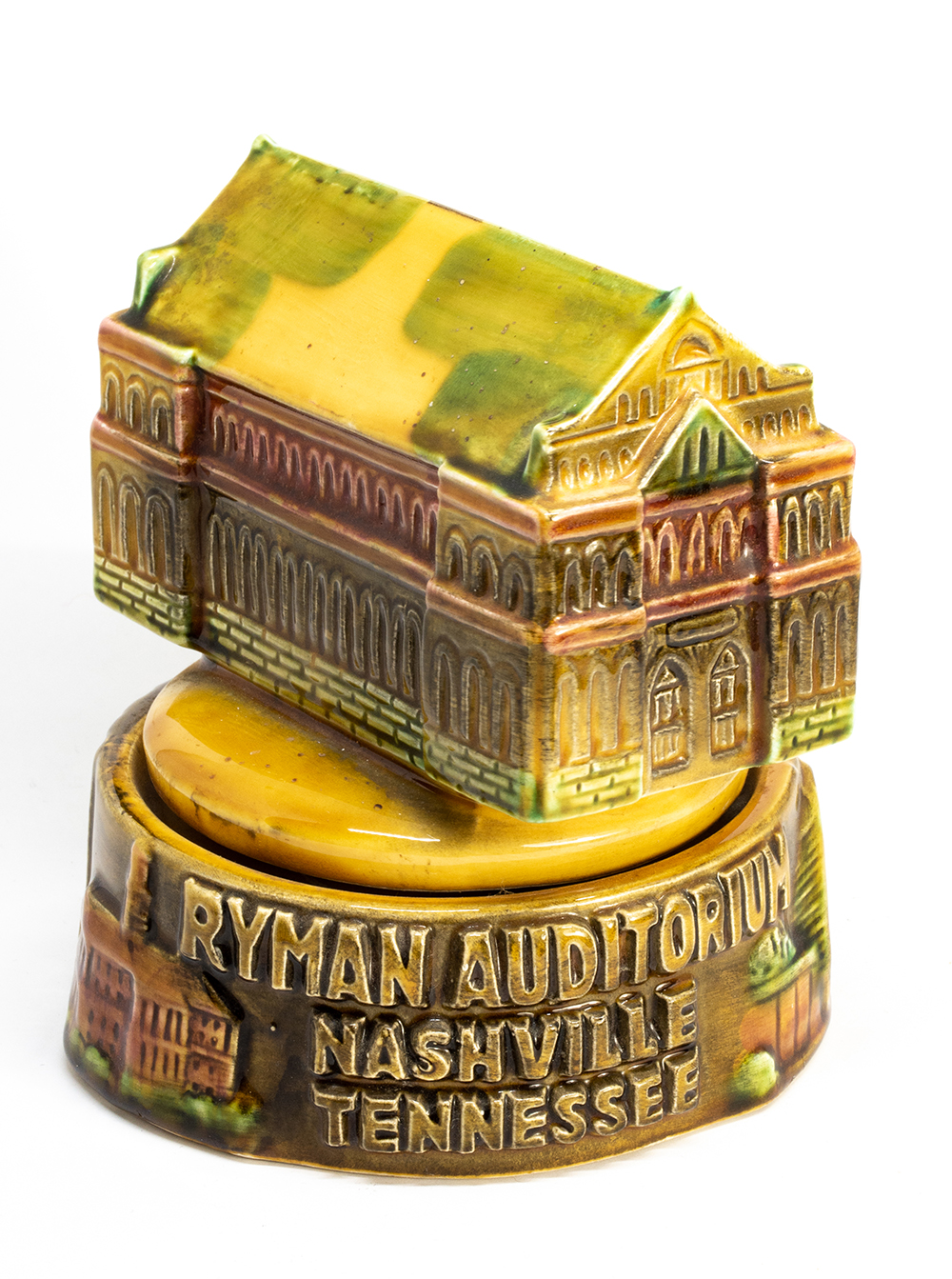
S: SPACE NEEDLE
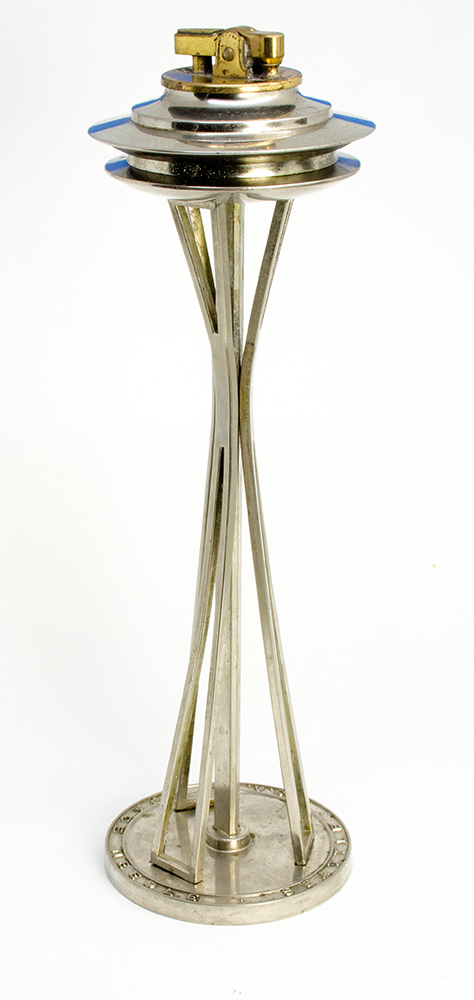
T: TAJ MAHAL

U: UNISPHERE
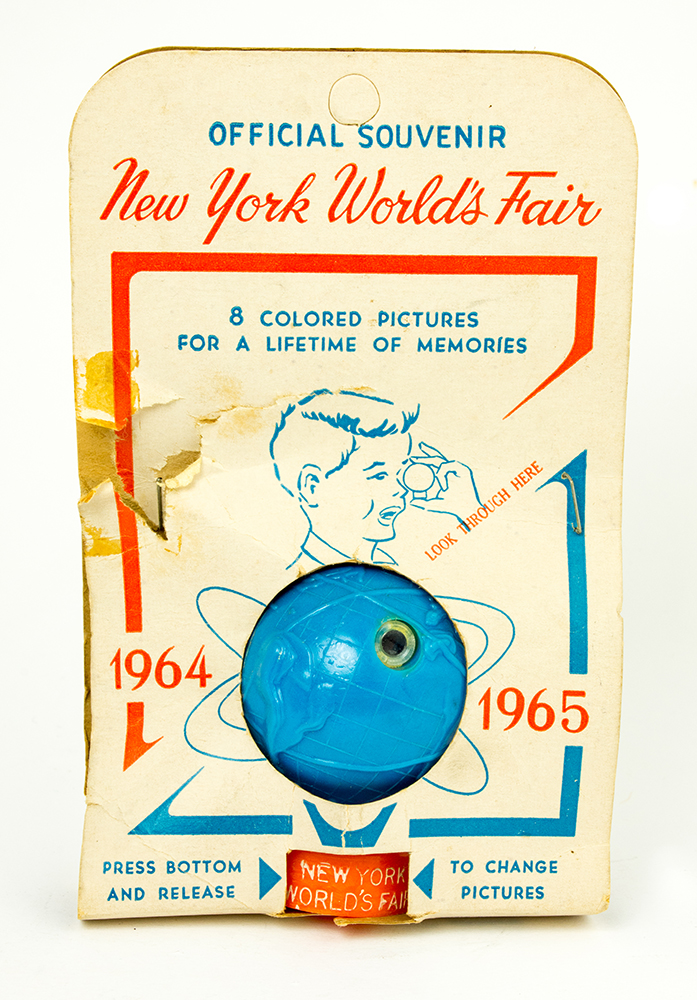
V: VISTA HOUSE
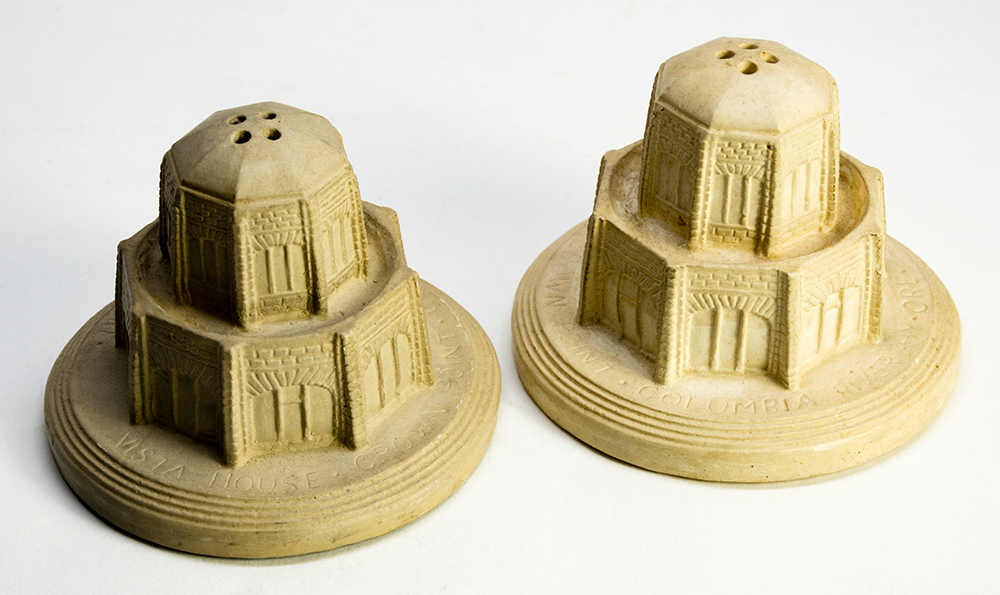
W: WONDER WALL

X: SAN XAVIER DEL BAC MISSION
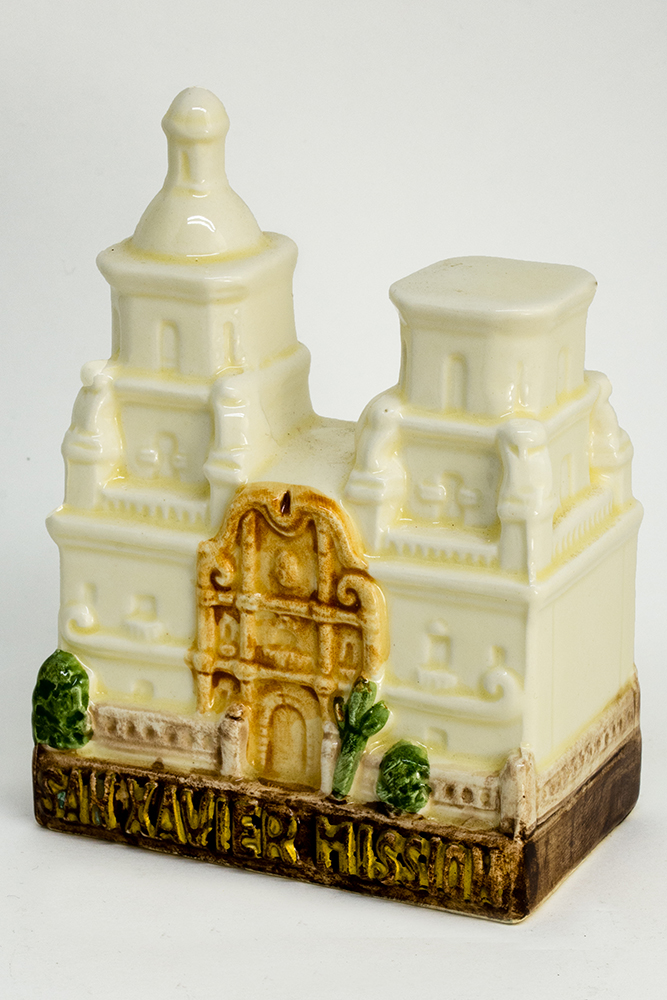
Y: YOMEIMON GATE
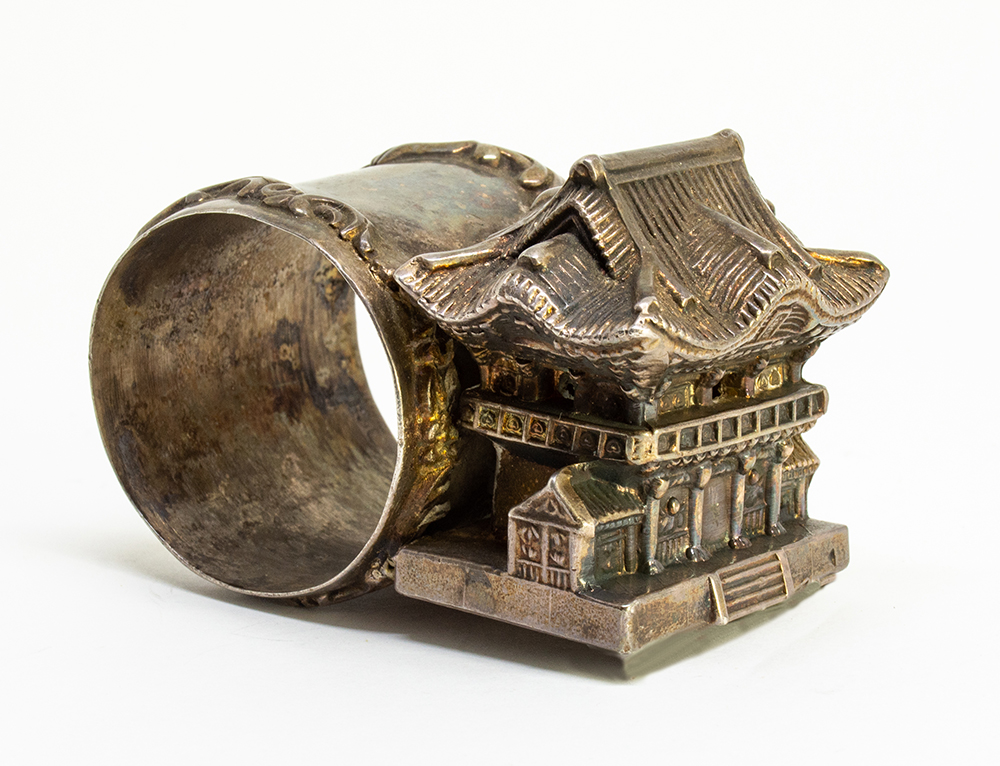
Z: ZEMBO MOSQUE

